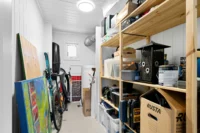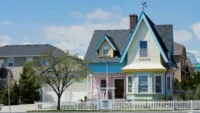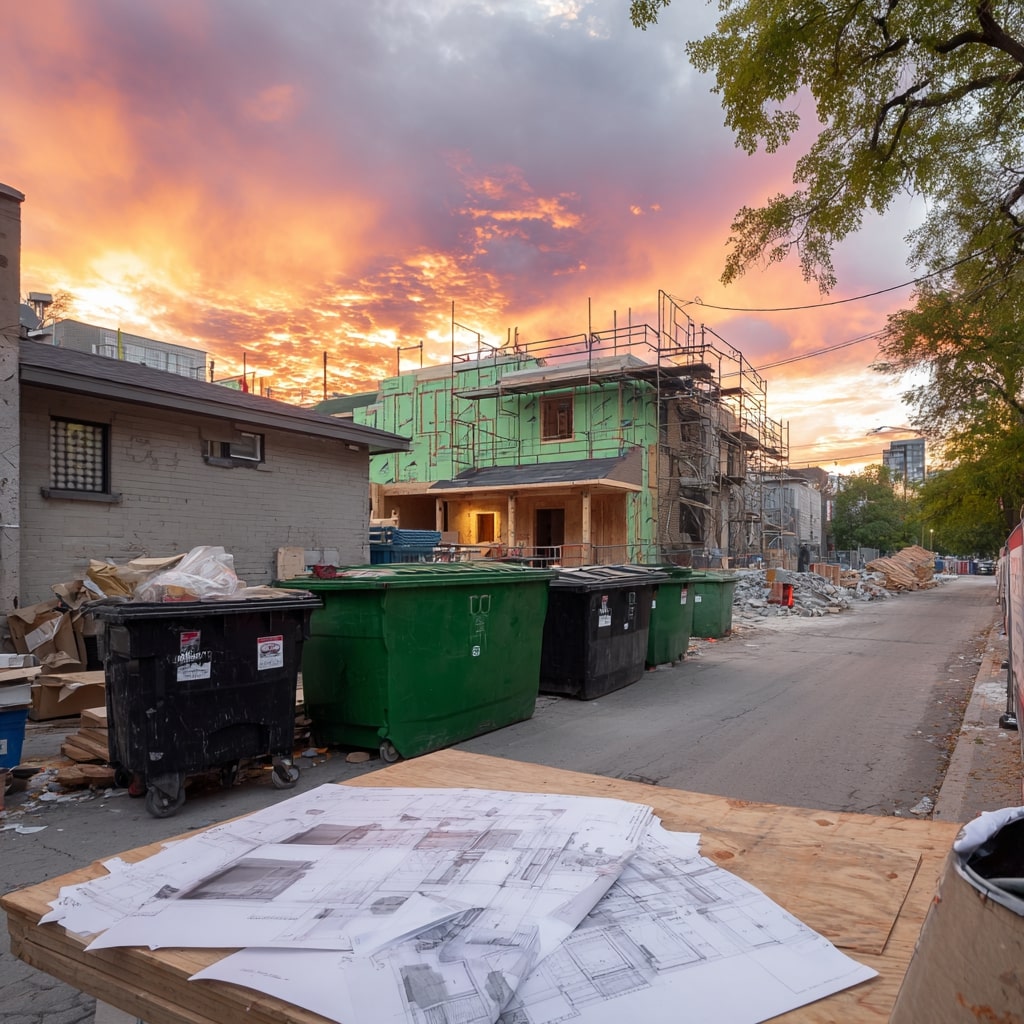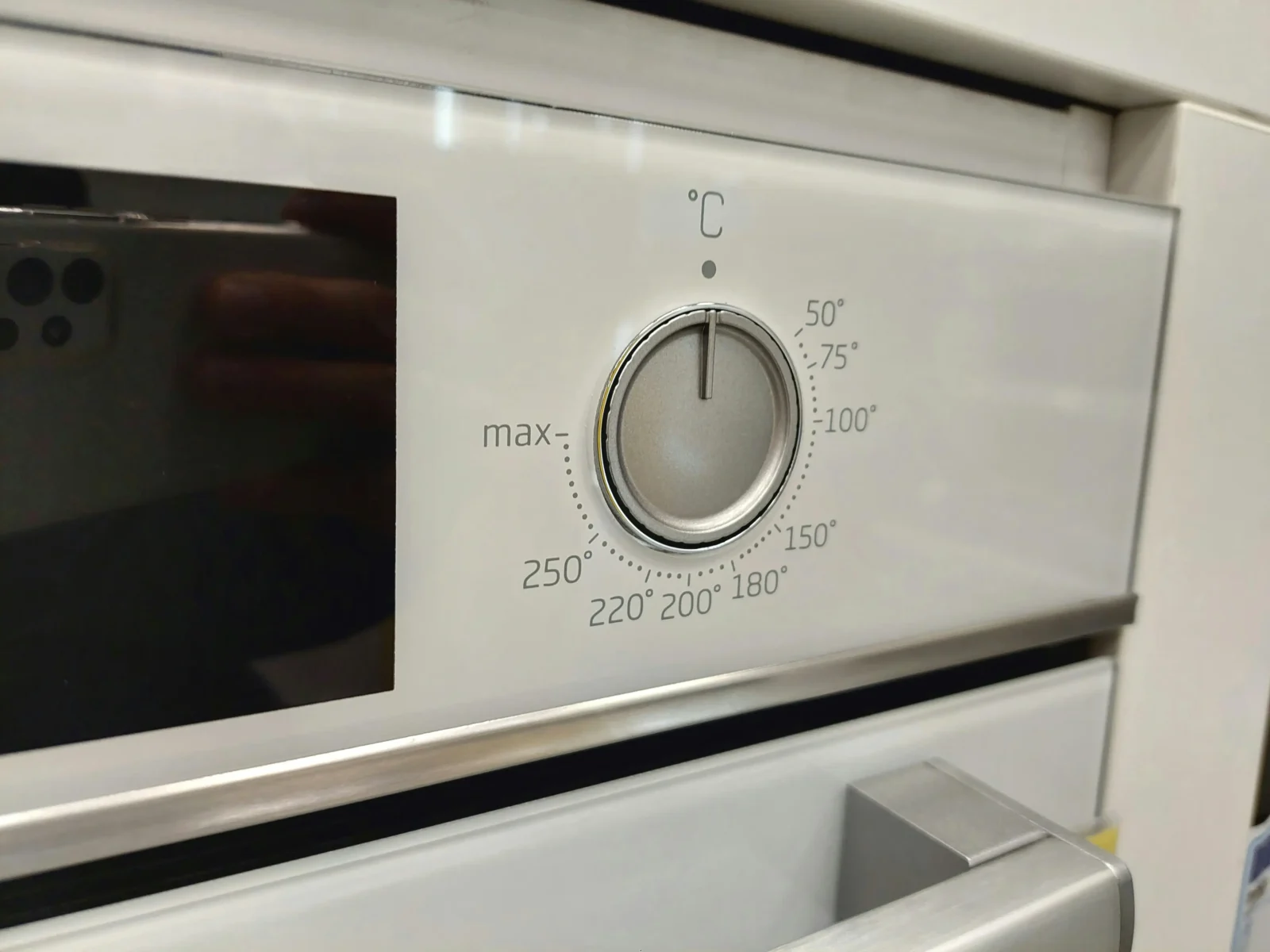- Home
- Articles
- Architectural Portfolio
- Architectral Presentation
- Inspirational Stories
- Architecture News
- Visualization
- BIM Industry
- Facade Design
- Parametric Design
- Career
- Landscape Architecture
- Construction
- Artificial Intelligence
- Sketching
- Design Softwares
- Diagrams
- Writing
- Architectural Tips
- Sustainability
- Courses
- Concept
- Technology
- History & Heritage
- Future of Architecture
- Guides & How-To
- Art & Culture
- Projects
- Interior Design
- Competitions
- Jobs
- Store
- Tools
- More
- Home
- Articles
- Architectural Portfolio
- Architectral Presentation
- Inspirational Stories
- Architecture News
- Visualization
- BIM Industry
- Facade Design
- Parametric Design
- Career
- Landscape Architecture
- Construction
- Artificial Intelligence
- Sketching
- Design Softwares
- Diagrams
- Writing
- Architectural Tips
- Sustainability
- Courses
- Concept
- Technology
- History & Heritage
- Future of Architecture
- Guides & How-To
- Art & Culture
- Projects
- Interior Design
- Competitions
- Jobs
- Store
- Tools
- More
Mold in Crawl Spaces: Causes, Risks, and Solutions

If you have a home with crawl spaces, monitoring its condition is vital for maintaining a healthy environment. Crawl spaces can become damp and dark, creating an ideal setting for mold growth.
Understanding the origins of mold in such areas, the potential hazards associated with it, and the available solutions is critical for ensuring your home remains safe and structurally sound. This article explores the intricate dynamics of crawl spaces and mold, offering insights into management and prevention.
Table of Contents
ToggleUnderstanding Mold Growth in Crawl Spaces
Mold thrives in environments that supply moisture and a lack of ventilation. In crawl spaces, various factors contribute to this unfortunate combination. For starters, inadequate drainage systems around the foundation of a home are often culprits. If surface water cannot efficiently move away from the structure, accumulation adjacent to the foundation can lead to increased humidity levels.
Temperature fluctuations can play a significant role in mold development. When warm air from the home rises into the cooler crawl space, condensation occurs on cooler surfaces, such as ductwork, beams, and pipes. This creates just enough dampness for mold colonies to establish themselves. It’s troubling to note that mold can spread quickly; some species double in size within hours under the right conditions.
When seeking to manage mold, trust your crawl area repair to experts who can provide insight into environmental conditions, drainage issues, and other fostering factors. Preventive measures often include installing a vapor barrier, improving ventilation, and regularly inspecting the space for signs of water intrusion.

Health Risks Associated with Mold Exposure
Mold exposure can cause various health problems, particularly for individuals with allergies or respiratory conditions. Symptoms often range from mild irritants, such as sneezing and eye irritation, to severe complications, like difficulty breathing and chronic fatigue. The risk becomes more prominent in infants, the elderly, and individuals with weakened immune systems.
The potential for mold to produce allergens and irritants enhances the urgency for action. Some molds produce mycotoxins, toxic compounds that can lead to significant health issues, including neurological damage in some cases. Awareness of these risks is important for anyone living in a home with a crawl area prone to excessive humidity.
Identifying Mold
Spotting mold in a crawl area may not always be straightforward. Homeowners should conduct regular inspections, looking for visible signs such as discoloration on surfaces and musty odors. Inspection should encompass wood beams, insulation, and even ducts. Note that some molds may remain hidden until they manifest visibly or trigger health concerns.
Besides aesthetic signs, a damp or humid feeling can indicate possible mold presence. If left unchecked, small, invisible spores can lead to larger, difficult-to-access colonies, complicating remediation efforts. Implementing a systematic inspection routine aids in early detection and remediation, safeguarding health and property viability.
Preventive Measures to Avoid Mold Growth
Preventing mold in crawl spaces significantly reduces health risks and preserves structural integrity. A comprehensive strategy encompasses several proactive approaches. First, ensuring proper drainage around the home keeps surface water from seeping into the foundation. Installing gutters and downspouts directs water away from the structure, further reducing humidity levels. Proper ventilation is paramount. Various techniques, such as installing vents and utilizing exhaust fans, encourage airflow and limit moisture accumulation.

Check for blockages and ensure that vents remain adequately open, promoting circulation. Another effective strategy is to employ vapor barriers across the crawl area floor, minimizing moisture evaporation into the air above. These barriers can be made of polyethylene materials, creating a waterproof seal that keeps humidity levels in check. Regular inspections and maintenance efforts safeguard these installations, promoting a dry environment conducive to mold prevention.
Mold Remediation: The Process Explained
If mold manifests in your crawl area, timely remediation is vital. This process generally starts with identifying the source of moisture and resolving it. Once the contributing factors have been addressed, physical removal of the mold and its growth material follows. Remedial efforts may involve deep cleaning affected surfaces and disposing of contaminated materials.
If the mold infestation is extensive, professional mold remediation services often prove necessary. Experts use advanced testing techniques to confirm the extent and type, tailoring strategies to effectively eradicate the problem. Industrial-grade cleaners, along with encapsulants to seal affected surfaces, typically form part of the approach. Ongoing monitoring is paramount after remediation to prevent future infestations. Establishing a schedule for inspections can help identify risks before they escalate.
Seeking Professional Help
In situations involving mold and crawl areas, the danger lies not only in the structure of your home but in the well-being of those who inhabit it. Sometimes, engaging professionals can provide targeted insights. Acquiring an expert opinion allows for specialized diagnosis and resolution plans tailored to specific environments.
Opting for professionals with experience ensures they perform thorough inspections and remediation work properly. Professional assessments often extend beyond immediate visibility concerns. Various aspects contribute to mold growth; elevated humidity levels, unsatisfactory drainage systems, and insulation failure might not be immediately apparent to the untrained eye.
By leveraging expert knowledge, you gain access to comprehensive solutions for long-term stability and health. Maintaining awareness of these elements is key to keeping your home and family safe from mold exposure risks. Regular communication with professionals in crawl area repairs allows you to stay informed about potential issues before they evolve into larger concerns.
illustrarch is your daily dose of architecture. Leading community designed for all lovers of illustration and #drawing.
Submit your architectural projects
Follow these steps for submission your project. Submission FormLatest Posts
Why Smart Bin Rental Strategy Shapes Better Architecture Projects
Picture this: you’re standing before your dream architectural project, blueprints approved, permits...
The 10 Most Iconic Buildings in the World and Their Stories
From ancient marvels like the Great Pyramid of Giza to modern icons...
How to Choose the Best Balloon Garland Kit for Your Event Theme
Balloon garlands are now a very popular decoration for today’s celebrations, including...
Dependable Service for Everyday Appliance Problems
When a washer stalls mid-cycle or a fridge warms up, you need...











Leave a comment